Ever wondered what traditions are followed around Europe around the winter holidays? Sari from Finland collected some stories from Rural Youth Europe alumni, which show you celebrations in Europe.
Christmas traditions in Finland vary between families but there are a few things that almost everyone has in common; good food and sauna. Some families go to church but that’s not very common nowadays. It is more popular to go to church before Christmas when there are Christmas Carol Services. Families get together on the 24th December to eat and spend time together. It’s really usual to have rice pudding at Christmas time as a breakfast or lunch. The most traditional dinner meals are different kind of casseroles (eg. potato, carrot and sweet potato casserole), salmon and ham. And then there’s sauna, before or after the dinner. If a family has a hot tub it may also be heated up for Christmas Eve as my family did last year. Then it’s time for presents. As you may know, Santa is living in Lapland, Finland and he visits children on Christmas Eve. Before Santa arrives we usually watch some movies together or play board games. The following days, 25th and 26th, are usually spent visiting relatives and friends who you don’t see that often.
– Sari, Finland
I spend usually the 24th of December on the ski slopes. Then in the evening my family (parents with my siblings, mostly without the boyfriends or girlfriends) will meet up and enjoy some dinner together; mostly cold dishes such as sausage, cheese and bread. During the evening we will give our presents before going to Church for the 22:00 service.
On the 25th all the relatives on my father’s side will meet for lunch and we exchange presents and play card games or go for a walk. In the evening I relax.
On the 26th all the relatives of my mother’s side meet for lunch and after we spend the afternoon playing games and exchanging presents.
– Andreas, Switzerland
In Austria we celebrate Christmas on the 24th of December. On this day we have a fast-day (no meat) until it gets dark and so the lunch is usually quite a small dish. Then for dinner we have a big meal together with our family members. There is no traditional meal anymore like fish, like in earlier years, and so the evening meal varies between families. After we have eaten we light the Christmas tree and exchange presents and so on. A lot of Austrian people then go to church about 22:00 and after that we drink punch. Over the next two days we meet with nearly all of our family members and exchange presents. How we celebrate here is different in every family.
-Anna, Austria
On 23rd December I’ll head back to my parents place to stay there until the New Year. My mom usually has already decorated everything and set up a very nice decorated Christmas tree. During the day of 24th we prepare our dinner and at tea time we’ll have some coffee and cake with my grandparents who live right next door. Afterwards I will meet with some friends at the church to watch a play about Christ’s birth. Afterwards I’ll go back home to my family (mum, dad, sister) and we’ll have a nice posh dinner and after the dessert we’ll give each other Christmas presents. Later that night I will attend a meeting organised by our rural youth club to drink some Glühwein, give out our presents and play games, especially board games. On 25th December I will enjoy a lot of sleep and for lunch and tea we visit my mothers parents together with all the uncles, aunts and cousins. There we’ll get some more presents. The following day, 26th December, I will enjoy the same procedure with my dads mom. Either on the evening of the 25th or 26th I’ll meet up with a few friends and we’ll go to a huge party at our local club where we meet lots of people who are also home at their parents for Christmas and who we don’t see at any other time of the year. Then I’ll have some free days until New Year’s Eve to prepare for that night and will study or do more things with my family
– Martin, Germany
The Christmas season in Northern Ireland is beginning earlier every year however most celebrations still officially begin on 1st December with families and businesses putting up artificial Christmas trees or a buying a real Christmas tree. Trees are decorated with lights and baubles, often with tinsel too. A star or angel is usually placed at the top of the tree and presents are wrapped in special christmas paper and placed underneath. Carol services and navitity plays take place in the month of December and mulled wine is a popular drink. On Christmas eve (24th December) many people finish work early and enjoy an evening with friends and family. Santa traditionally comes on Christmas Eve while the children are sleeping. Carrots, milk and cookies are often left out for Santa and his reindeer. Children wake up early on Christmas morning and open presents from Santa. They may then attend a Christmas service at Church before enjoying a meal of turkey and ham with family. The following day, Boxing Day, is a day where families again get together and eat a second serving of Christmas dinner, Boxing Day is also popular day for playing or watching sports
– Linzi, Northern Ireland
Christmas traditions in Latvia
Children in Latvia believe that Santa Claus (also known as Ziemassvētku vecītis – Christmas old man) brings their presents. The presents are usually put under the Christmas tree. The presents are opened either during the evening of Christmas Eve or on Christmas day.
Often the presents are secretly put under the tree when children are not around. Sometimes to get a present you have to recite a short poem while standing next to the Christmas tree. Before Christmas children learn to say poems by heart. You might also get a present by singing, playing a musical instrument or doing a dance.
Latvia also claims to be the home of the first Christmas tree. The first documented use of the evergreen tree at Christmas and New Year celebrations is in the town square of Riga, the capital of Latvia, in the year 1510.
In Latvian Merry/Happy Christmas is Priecīgus Ziemassvētkus.
One of the ancient traditions associated with Latvian Christmas is the dragging of the Yule log around the house. After dragging the Yule log, it was burned in honour of the sun. The word Yule itself means wheel; the wheel being a pagan symbol for the sun.
Nowadays most people make a festive meal in the tradition of ancient Latvians, namely, they try to cook at least nine different dishes to increase the prosperity of the coming year. Not only the number of meals but also the type of food is important because each one has its own significance. Traditionally ancient Latvians placed gray peas and beans, bacon, carrots and beets, gingerbread, round biscuits, red cabbage, bird meat, fish meat, pork or pigskin on a table. Buying and eating gingerbread is less important than baking – gingerbread has become a kind of ritual just before Christmas. Gingerbread baking is a great way to spend time with your family or friends and symbolizes love, friendship or simple co-operation and still delicious tastes. It should be noted that gingerbread was baked not only for eating, but also for ornamentation.
– Kristine, Latvia

